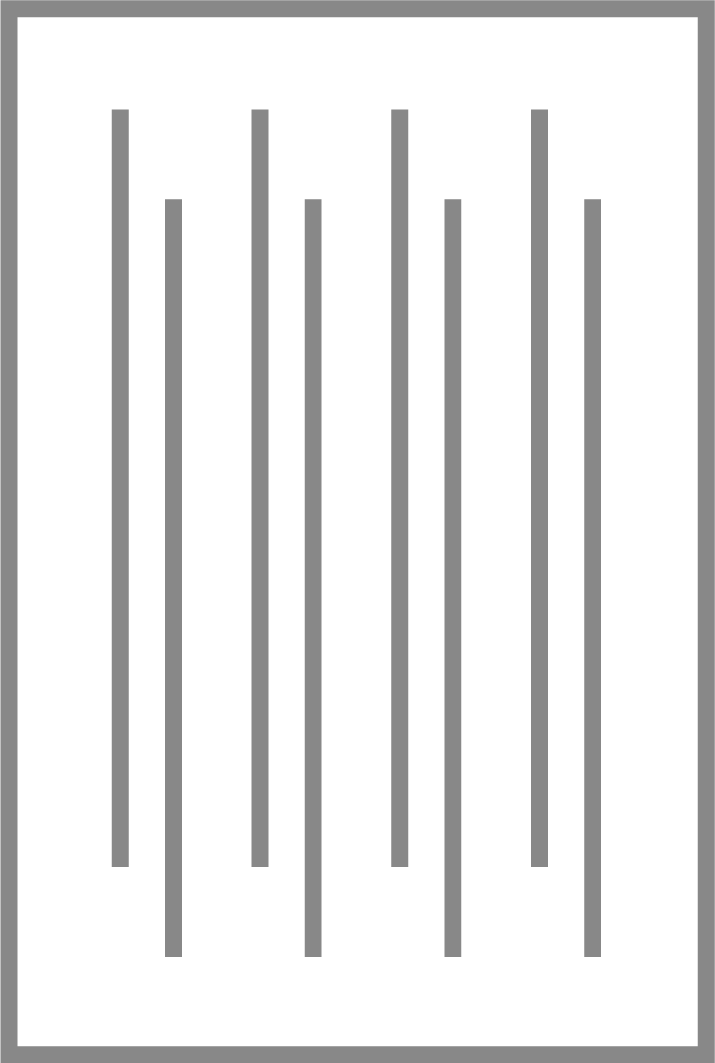SILENCE AND CONTEMPLATION
Nikolai Makarov (b. 1952, Moscow) worked as an artist in his native Russia until moving to East Berlin in 1975. There, he studied history at the Humboldt University followed by several years studying at East Germany’s Academy of Arts, where he was a student of the master class of Werner Klemke (Berlin) and Rudolf Hausner (Vienna). In 1988, Makarov was admitted as Member of Artists House, Austrian Society of Fine Arts.
Currently based in Berlin, Makarov concentrates entirely on his work. While he initially preferred oil paints over acrylics, he decided to base his works on the latter following encouragement from the Austrian painter Rudolf Hauser. Diluted with water, these enabled him to build up layers of subtle washes that converge into a smooth surface of paint, making his paintings moving and unmistakable. He is primarily an innovative figurative painter and a skilled connoisseur of the art of Europe’s Old Masters. Nonetheless, he has increasingly become able to transform the visual concepts of his paintings of figures, profoundly experienced landscapes and architecture — all based on real situations or fleeting impressions — into something transcendental. He achieves this by embedding his motifs within a diffuse tonality (founded primarily on a variety of seemingly transparent tones of red, blue and dark brown) and by illuminating only a few prominent passages of the images. In this way, he reduces his motifs to the outward appearance of their existence. This process deliberately hinders any direct and clear view of the painting’s motif; however, it also stimulates a gaze that concerns itself with details as well as viewers’ entrance into a world subjectively interpreted by Makarov.
As Makarov had already garnered attention for works he made while still a student, later exhibitions at museums and galleries made his original body of work internationally known. He is currently director of the art association StilLeben e.V. in Berlin, and President of the Sergej Mawrizki Foundation as of 2000. He is also the founder of the Museum of Silence, located at the edge of the bustling heart of Berlin. There, he places his own works in relation to interior architectures designed by important architects, in which the goal of presenting his works as realms of silence provides the theme and makes it seem as if time really does come to a stop.







